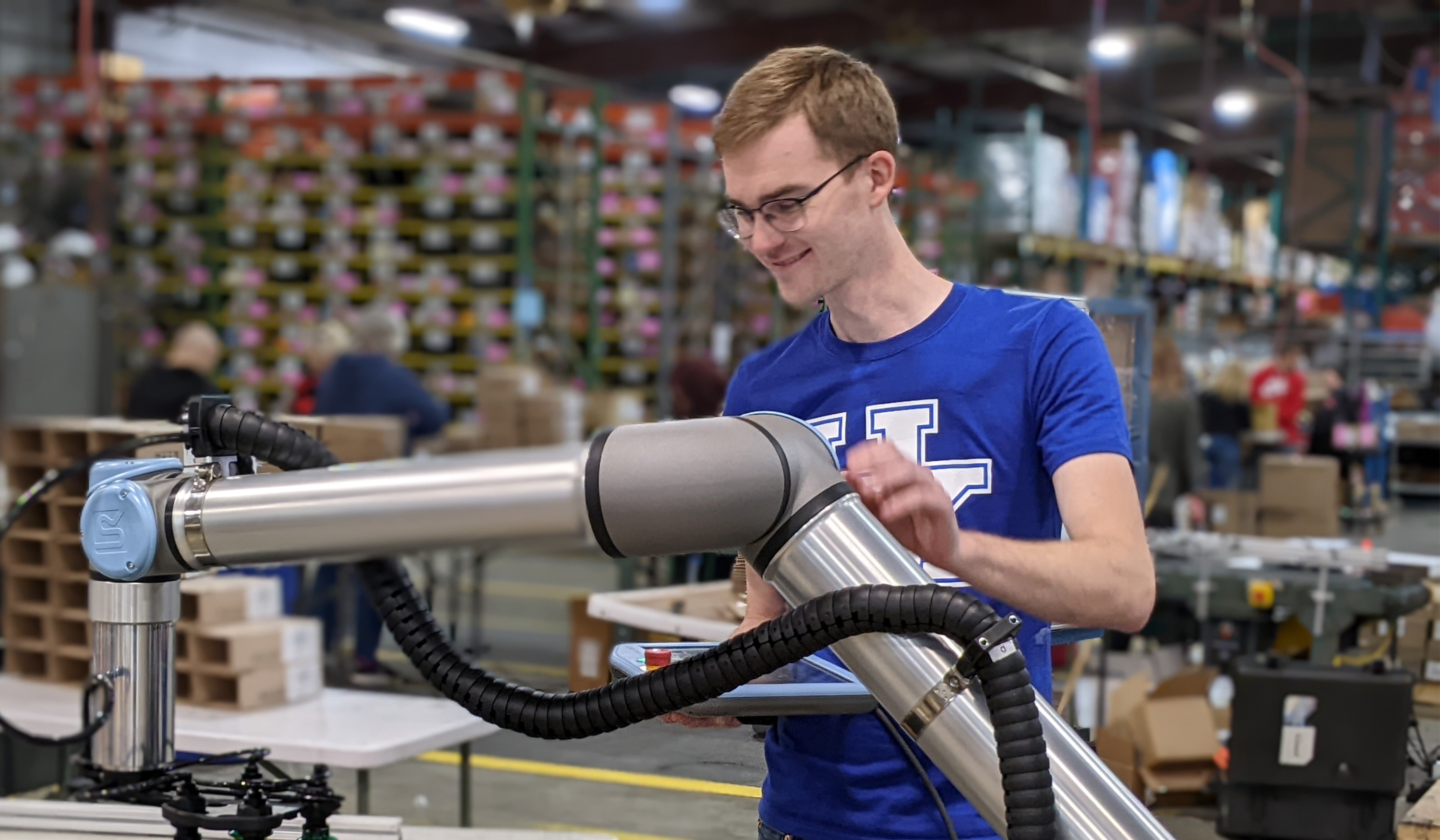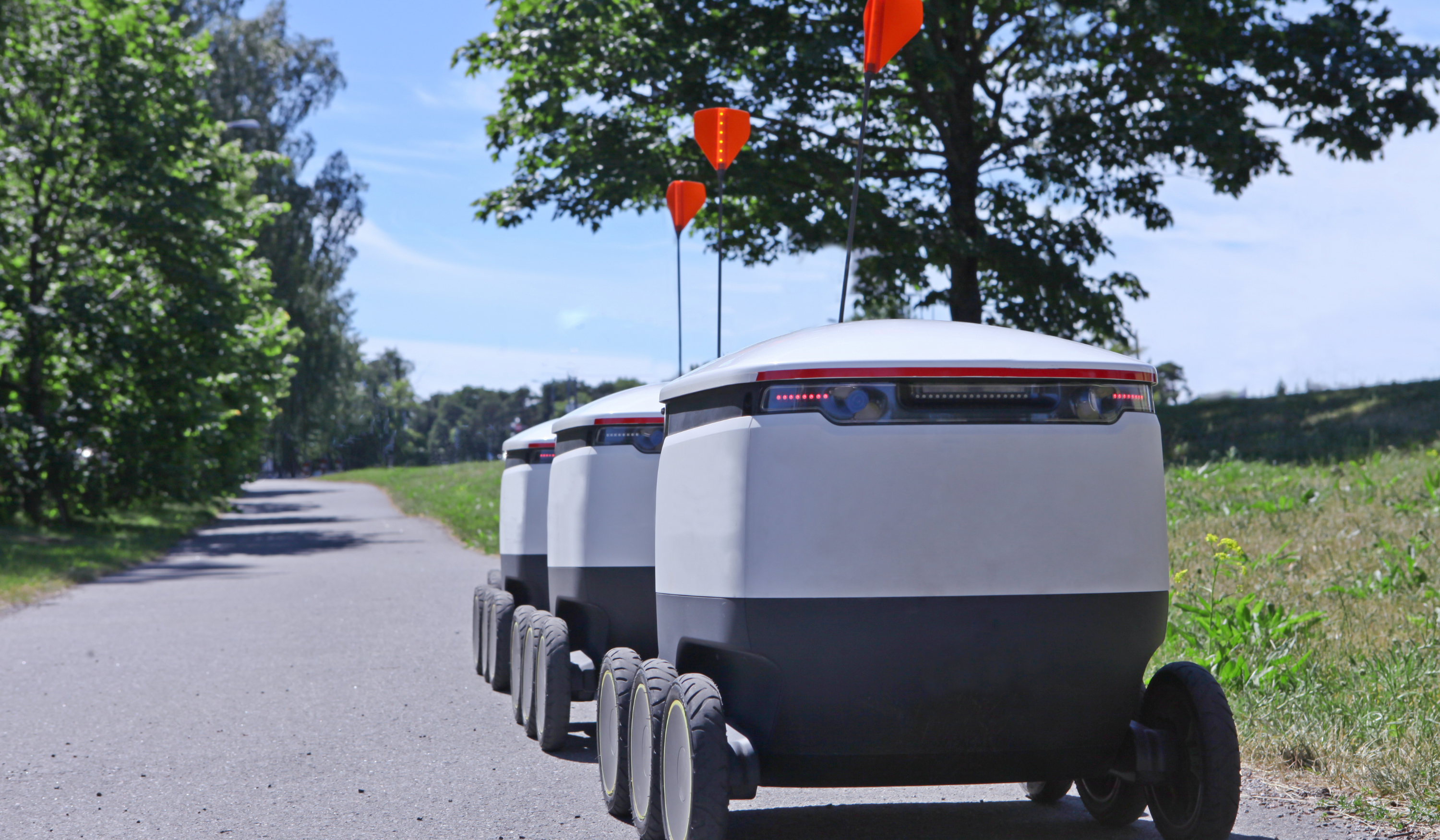Mass Customization

Posted on Jan 12, 2011 12:35 PM. 2 min read time

My Dell Laptop is an example of a mass customized product.
Isn’t mass customization an oxymoron? It would have been during the industrial age. But today, it’s an opportunity made possible through the integration of intelligent systems. You can offer made-to-measure products on a large scale with an efficiency approaching that of mass production.
Some examples of mass customization are:
- Dell, computers
- Levi’s, jeans
- USAA, insurance
- QuickParts, prototyping various parts
- Lulu, books and other printed documents
- Gerber Scientific, printed materials
- Cannondale, bicycles, a less fortunate example
- BioCad, a Quebec company: automated production of dental prostheses
There are several ways to customize goods and services. For example, you can use modules that can be assembled together or a basic product with modifiable options. At one end of the spectrum is collaborative customization, by which the company receives exact specifications from the client to produce the made-to-measure good or service.
1. HOW DOES IT WORK?
The process comprises three main elements
- Elicitation
- Flexible processes
- Logistics
1.1. Elicitation
Elicitation consists in obtaining the requisite information from the customer to define the desired product. Additional information may be needed, depending on the product and the level of customization.
- Identification, such as name and address
- Selection of attributes in various menus
- Physical dimensions
- Reactions to prototypes
The first two items are easily handled via the web or with software. These two types of input can handle information-only processes such as insurance and travel itineraries. Depending on the product, the client or the company might need greater expertise for the last two items. For example, a person's measurements may have to be taken manually to produce made-to-measure jeans, or a contractor may need to provide the measurements of a window or cabinet. Virtual or real prototypes may have to be submitted to the client for adjustments.
1.2. Flexible Processes
In the next step, the information gathered in the first step is transformed into products or services through flexible processes. The challenge is to put in place a system that can produce large quantities at low cost and with great flexibility.
If it’s only information that needs handling, then software does it all. For manufactured objects, specialized machines, CNCs or robots will be needed. Certain types of object or task can exponentially complicate the process. If it is just a matter of cutting a tube to the right length (a single dimension), then the task is simple. In general, 2D tasks aren't much more difficult (e.g., engraving wood, cutting material, etc.). 3D tasks can be more complicated, depending on shapes and the desired final appearance. Developing the means for these can require considerable resources.
1.3. Logistics
Logistics begin with the customer order. The right order number must always identify the product during a manufacturing process which can put out a large volume. Each item must then be sent directly to the customer, one at a time. This is a far cry from batch transport, to the delight of the UPS and FedEx firms of the world.








Leave a comment